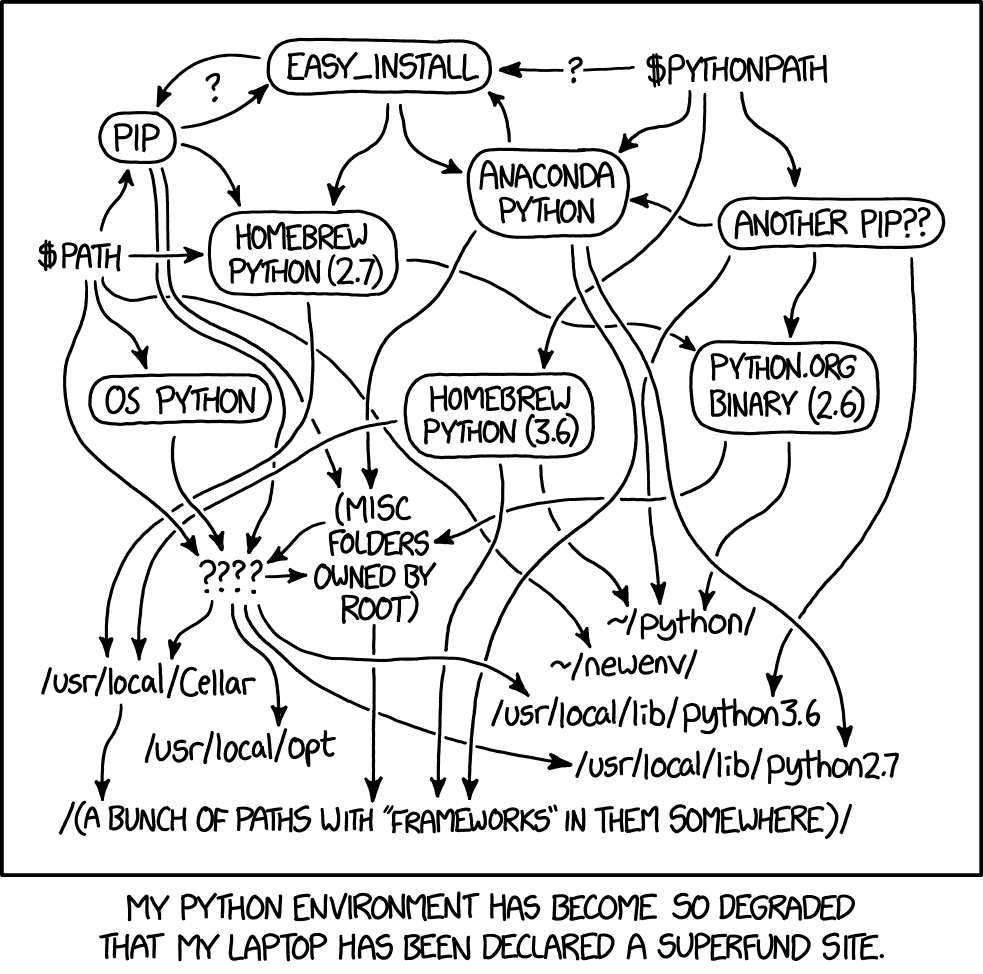o.......Open files, directories and bookmarks....................|NERDTree-o|
go......Open selected file, but leave cursor in the NERDTree.....|NERDTree-go|
t.......Open selected node/bookmark in a new tab.................|NERDTree-t|
T.......Same as 't' but keep the focus on the current tab........|NERDTree-T|
i.......Open selected file in a split window.....................|NERDTree-i|
gi......Same as i, but leave the cursor on the NERDTree..........|NERDTree-gi|
s.......Open selected file in a new vsplit.......................|NERDTree-s|
gs......Same as s, but leave the cursor on the NERDTree..........|NERDTree-gs|
O.......Recursively open the selected directory..................|NERDTree-O|
